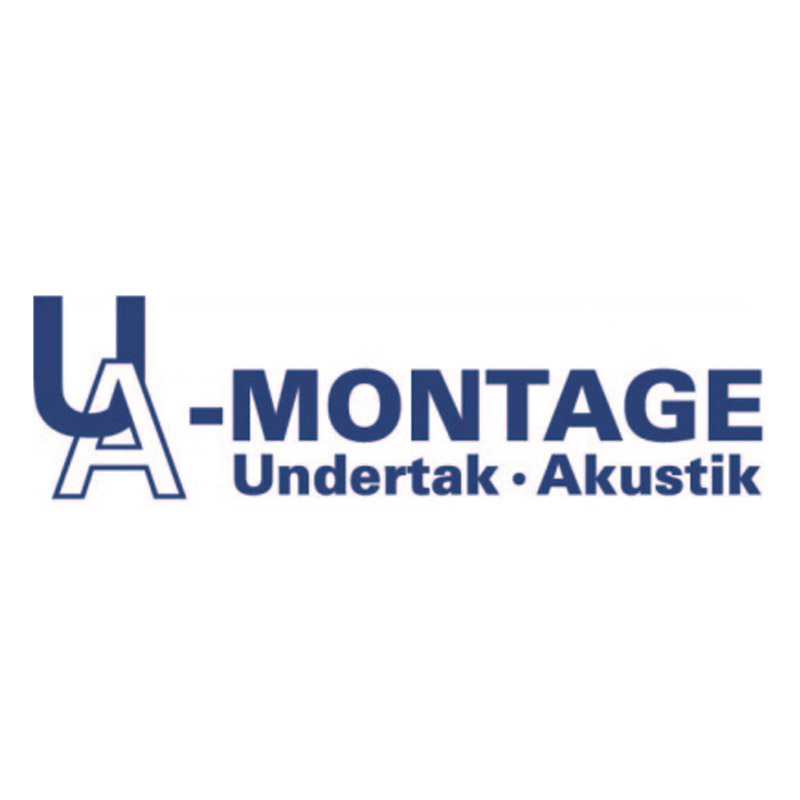Training, Tradition and Philosophy
Training for everyone
Everybody can do karate, no matter gender, age and body type. The training is adapted to each individual’s abilities and a student’s development depends on how much time is spent on training.
Self defence
Through hard and persistent training the karateka develops both a physical and a mental strength. Karate can increase one’s confidence and give a general sense of self-assurance. Potential conflicts can often be avoided by the humble and calm appearance that characterizes a skilled karateka. Karate training can also give the practitioner an inner harmony that increases his or her ability to concentrate, which often leads to improved results in everyday situations. Learning how to defend oneself and handle conflicts is a natural part of training karate.
Warm up
Our warm up, or junbi undo, is designed to prepare the entire body for the session ahead. The system is developed in Okinawa and many of the exercises can be used as practical defence.
Fitness training is mainly carried out using one’s own weight or that of a partner. At times traditional weight training tools from Okinawa are used.
Kumite (sparring)
Involves partner exercises which are at first stylized but then gradually evolve into more realistic sparring.
Kata
In our style of karate we have 17 katas, patterns of movement, that act like a register of the techniques included in the Goju Ryu repertoire. Through kata training one learns the techniques one one’s own, using them as if sparring with an imaginary opponent, until they no longer require conscious thought.
Nage waza (throws) and Ukemi (falling techniques)
In our club we practice throws and falling techniques that help us avoid injuries in our daily lives as well as in the dojo. Gripping and locking techniques are also a natural part of our training.
Tradition
Today’s karate has many different styles where the techniques differ slightly. These styles have been developed by old karate masters and the names were at the beginning associated with the area where the master had his dojo. In the 19th century, the names started changing and began to reflect the different styles that were emerging in the areas of Naha, Shuri and Tomari on the island Okinawa. The word –te (hand) was added to the end to create the names Naha-te, Shuri-te, etc. These names were used instead of the more general term karate (empty hand) which for contemporary social reasons had been deemed inappropriate by the Okinawan government.
Today’s Goju Ryu traces its roots back to the style called Naha-Te. This style, as well as many others, has spread out from Japan and is practiced all over the world.
All Japanese martial arts begin with rei, a bow that greets the room, one’s fellow praticitioners and one’s instructor. This, as well as the discipline required during our sessions, helps develop polite, patient and calm individuals. We also perform certain short rituals before and after the sessions, and use some Japanese words and expressions as a natural part of our training.
Our belts are coloured white, green, brown and black in accordance with Okinawan tradition. It normally takes at least five years of training before a black belt grading can be considered.
Karate is only practiced in the training room, the dojo.
Philosophy
In our club we value each individual’s potential and progress. Therefore, we have chosen a bonsai tree as our logo: the tree symbolizes each individual karateka that trains with us. Just as a tree first develops strong roots, we start by teaching our students that basics of our traditional karate with care. Just as the tree needs nourishment in order to grow, each individual needs encouragement and support from his or her instructor, in order to grow into the beautiful shape that he or she has the inherent potential for. Our instructors always try to develop themselves through new experiences and input, so that that knowledge can be passed on and in the end give each individual the possibility of fulfilling his or her potential.
It is possible, if one should wish, to compete in karate. That is, however, more common in sports karate than karate that focuses on self defence, so we put no emphasis on training for competitions. How could you compete in self defence?
Suponsā スポンサー
Our sponsors
Would you like to sponsor O.G.R. Karate Enköping?
Or know more of our BRONZE, SILVER and GOLD-packages as well as the 365 club!
Arigatou gozaimashita
Thank you very much

私たちをフォローする
Watashitachi o forō suru
Follow us
© 2018 OGR Karate. Produced by Piliz



